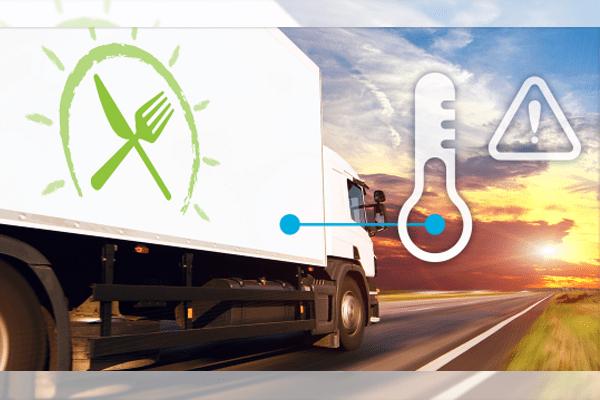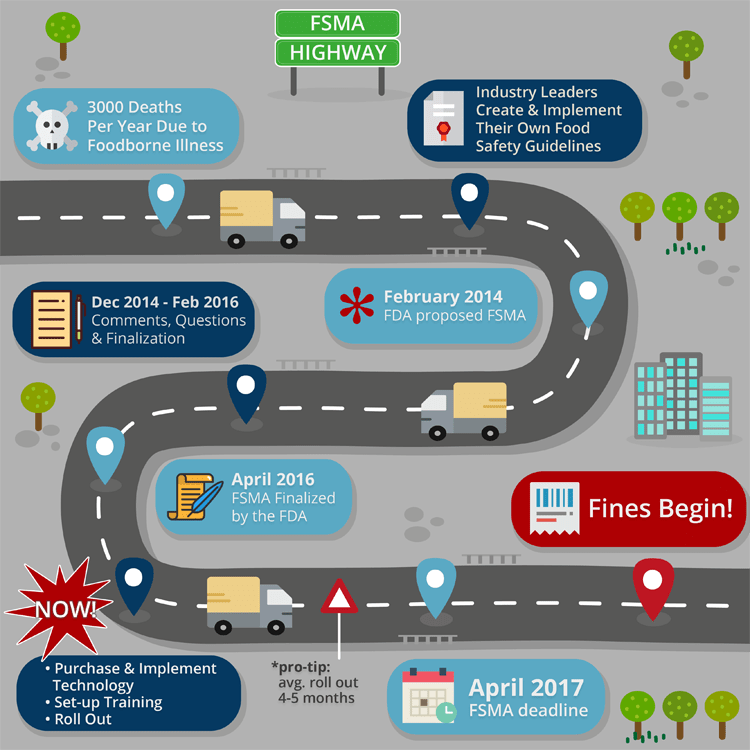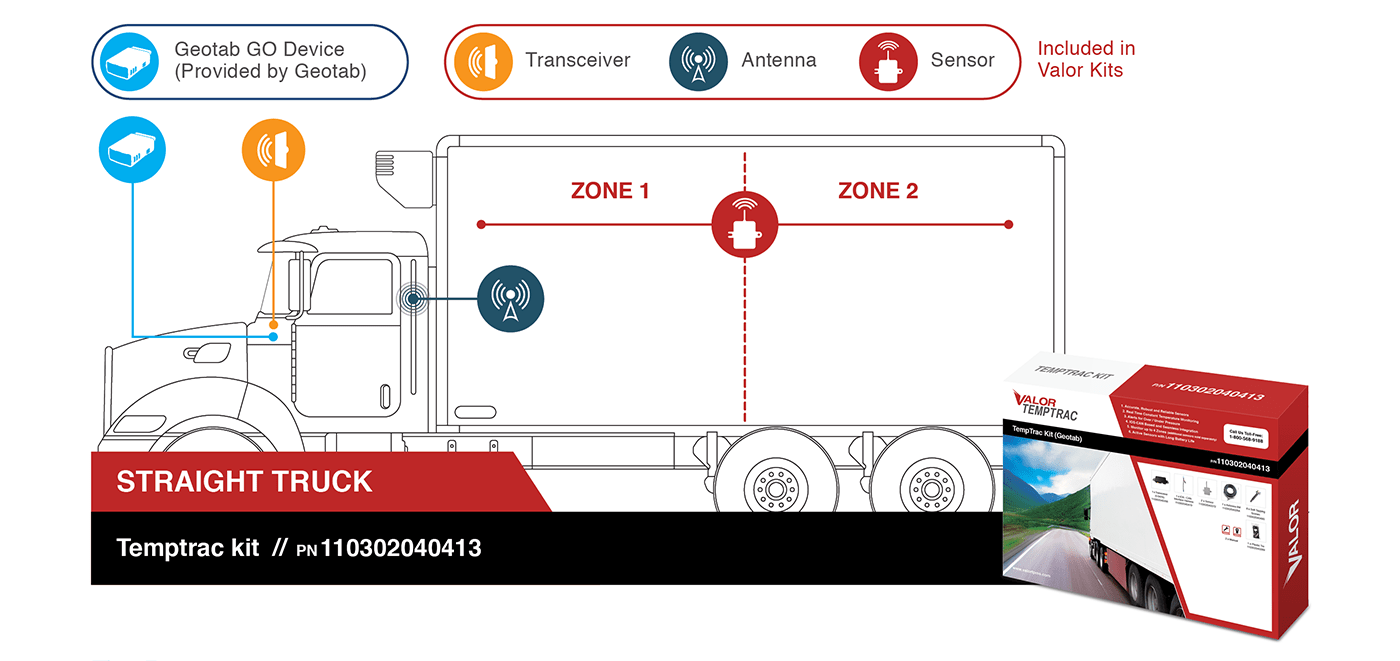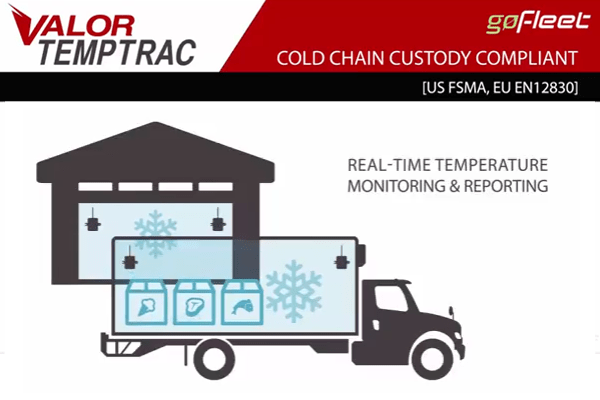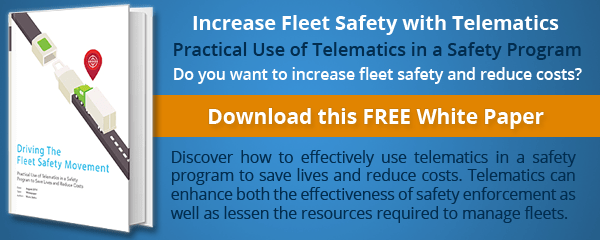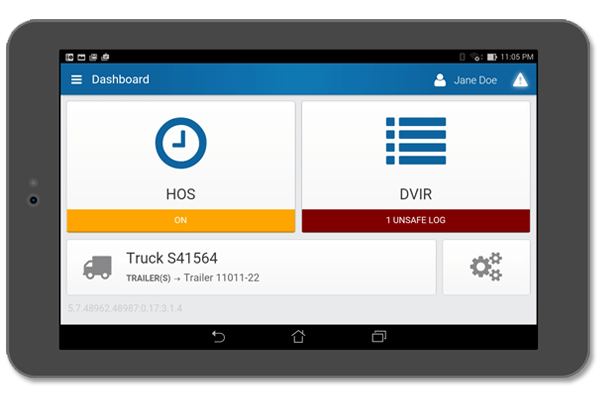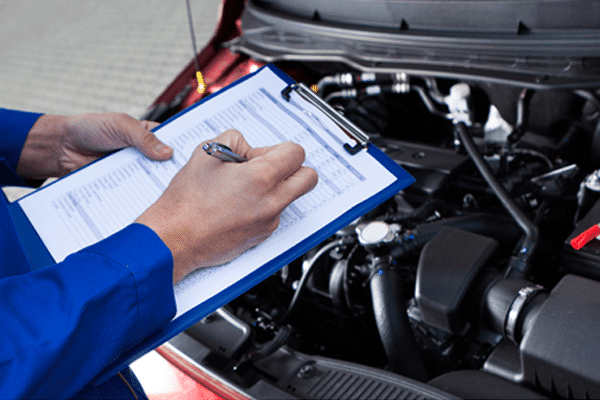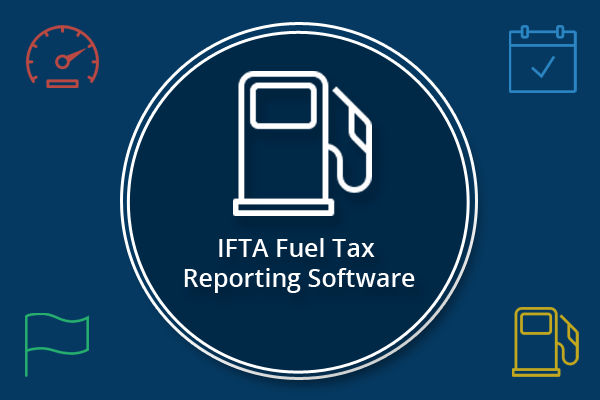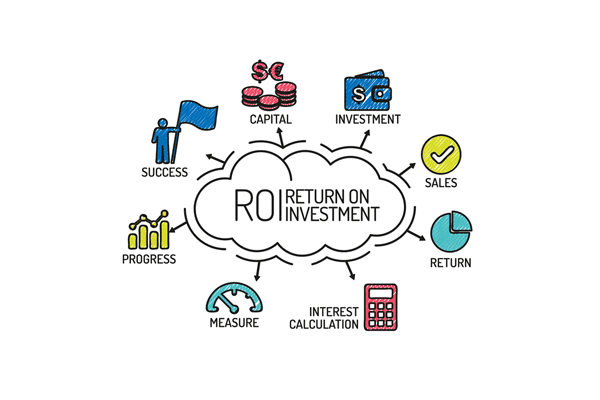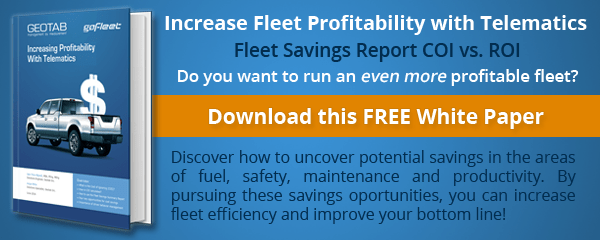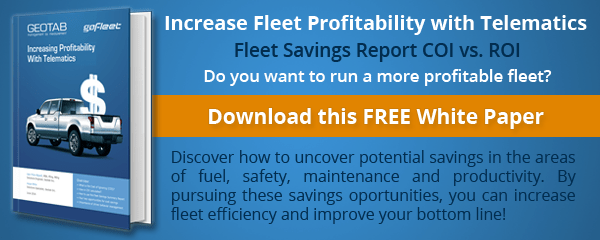As part of the new Food Safety Modernization Act (FSMA), the U.S. Food and Drug Administration (FDA) recently introduced a new law on the sanitary transportation of food. According to the new FDA food rule, carriers and shippers will be responsible for ensuring proper temperature has been maintained for the entire transportation of the food, within the US.
The new sanitary transport rule results from a consultation process between the food and transportation industries and the government over the last two years. The rule applies to both animal and human food transported in bulk and open containers.
Who Must Comply with the Food Safety Rule?
Carriers, shippers, and receivers, transporting food in the United States by rail or motor vehicle are subject to the new rule. For shippers, the company will need to provide proof that the appropriate temperature was maintained at the shipping staging area prior to moving it into the carrier vehicle.
In turn, the carrier is then required to document the following two things:
1) The transport vehicle was pre-cooled to the appropriate temperature prior to the load transfer
2) Appropriate temperatures were maintained for the entire duration of the trip.
The carrier must ensure the food arrived at the receiving location at the appropriate temperature. The receiver may also request a report from both the carrier and shipper to confirm the right temperatures were maintained from point A to point B.
FDA Food Safety Rule Compliance Deadline
Larger fleets have one year from the publication date (April 2017) to comply, and smaller fleets have two years (April 2018) to comply.
Temperature Monitoring is Essential to Sanitary Transportation
Proper refrigeration of food during transportation is one of the main responsibilities under the food safety rule. Temperature tracking and telematics can significantly help with fleet compliance to new guidelines.
Temptrac, a solution developed by our partner Valor, is Cold Chain Custody Compliant, meeting both the US FMSA and European EN12830 requirements. The solution provides you with real-time temperature monitoring of your mobile and stationary refrigerated assets, anytime, anywhere. The Temptrac kit comes pre-programmed with two long lasting wireless sensor that allow you to track two different temperature zones independently, with the added option of expanding to four if needed.
How Trailer Temperature Tracking Works
There are four components to the Valor TempTrac temperature tracking solution: sensors, antenna, CAN bus, and Geotab GO device:
- Internally-mounted sensors simultaneously monitor and record 0.5 degree trailer temperature changes in real-time.
- An antenna transmits data wirelessly from the sensors to the CAN bus and Geotab GO telematics device. In addition to trailer temperature data, the Geotab GO device collects a wealth of GPS location info and engine data.
- Data can be accessed and managed through the MyGeotab fleet management software. Fleet managers can set customized temperature thresholds and immediate alerts for out of range breaches. The driver receives immediate SMS or email alerts for temperature changes over and under the pre-set range.
Temperature tracking doesn’t have to be complicated. Simple plug-&-play installation of the Valor TempTrac + Geotab solution means that a trailer or truck will be up and running again in 20 minutes, providing immediate temperature visibility.
In addition to meeting your end-to-end cold chain management needs, seamless telematics integration provides added-value.
Protecting Safety with Data-Driven Technology
The FDA’s new rule is a step forward for food safety and will help protect millions of people from foodborne illness. Temperature tracking technology will play a very important role in increasing monitoring accuracy and improving safety in the food supply chain.
Data-driven solutions are only as reliable as the sensors that capture them. It’s critical to select sensor technology that is robust, reliable, and precise. A comprehensive solution will track temperatures through the life of a shipment, and also show trends over time and provide driver alerts. Understanding temperature throughout the chain of custody enables shippers to deliver food safely and confidently to their customers.
Learn More
Valor TempTrac Reefer Temperature Monitoring – Valor TempTrac monitors up to four temperature zones simultaneously and transmits temperature readings through your Geotab GO device to MyGeotab in real time. Companies that ship fresh produce, frozen goods, or high-value assets such as pharmaceuticals via refrigerated transport can benefit from this solution.
Key Benefits:
- Real-time monitoring of temperature, samples every four seconds, transmits every ten seconds, or 1 degree temperature change.
- Immediate SMS or email alerts for over- and under-temperature changes.
- Track temperatures through the life of a shipment and trend temperatures over time.
About Valor
Valor is a research and design institute as well as a manufacturer of advanced Tire Pressure Monitoring Systems. Their Tire Pressure and Temperature Monitoring System (TPTMS) has been specifically engineered to meet the challenges of fleet management in reducing tire maintenance and fuel costs while increasing safety.
Source: https://www.geotab.com/blog/fda-food-safety-rule/
